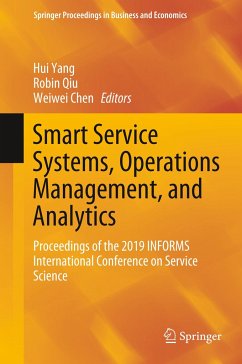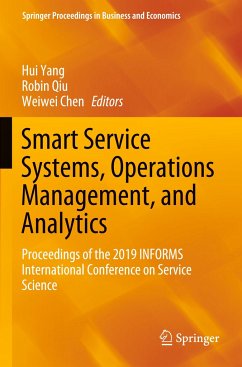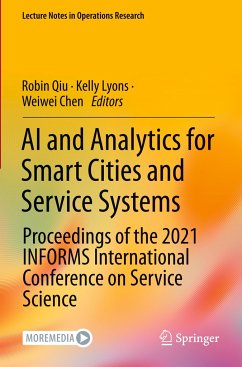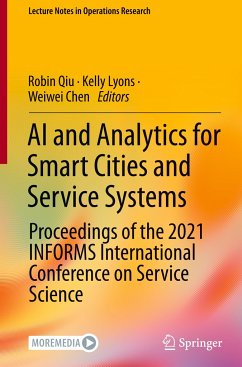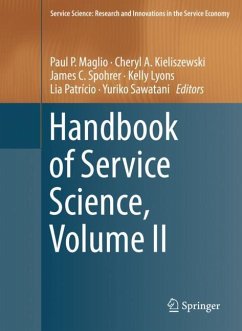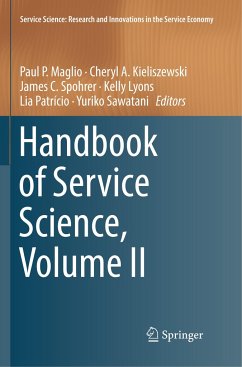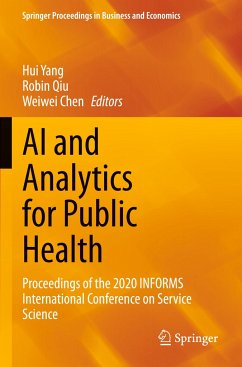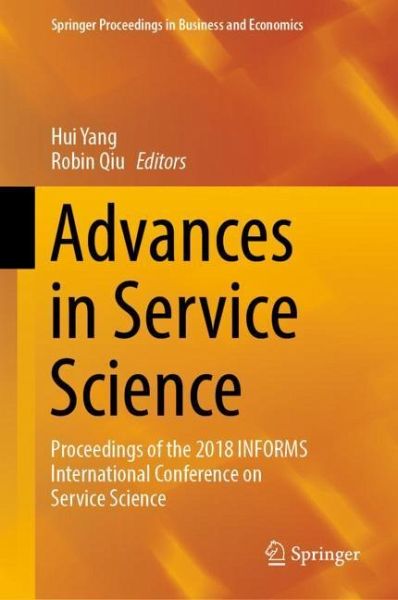
Advances in Service Science
Proceedings of the 2018 INFORMS International Conference on Service Science
Herausgegeben: Yang, Hui; Qiu, Robin

PAYBACK Punkte
57 °P sammeln!
This volume offers the state-of-the-art research and developments in service science and related research, education and practice areas. It showcases emerging technology and applications in fields including healthcare, information technology, transportation, sports, logistics, and public services. Regardless of size and service, a service organization is a service system. Because of the socio-technical nature of a service system, a systems approach must be adopted to design, develop, and deliver services, aimed at meeting end users' both utilitarian and socio-psychological needs. Effective und...
This volume offers the state-of-the-art research and developments in service science and related research, education and practice areas. It showcases emerging technology and applications in fields including healthcare, information technology, transportation, sports, logistics, and public services. Regardless of size and service, a service organization is a service system. Because of the socio-technical nature of a service system, a systems approach must be adopted to design, develop, and deliver services, aimed at meeting end users' both utilitarian and socio-psychological needs. Effective understanding of service and service systems often requires combining multiple methods to consider how interactions of people, technology, organizations, and information create value under various conditions. The papers in this volume highlight ways to approach such technical challenges in service science and are based on submissions from the 2018 INFORMS International Conference on Service Science.





